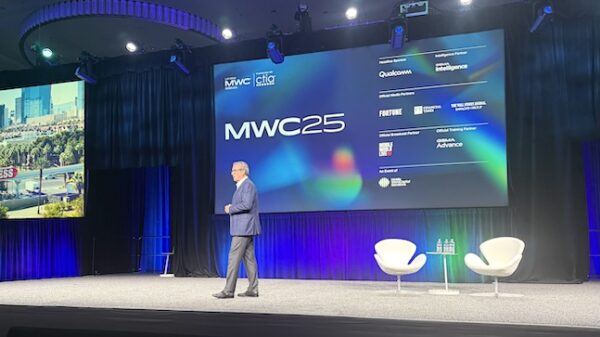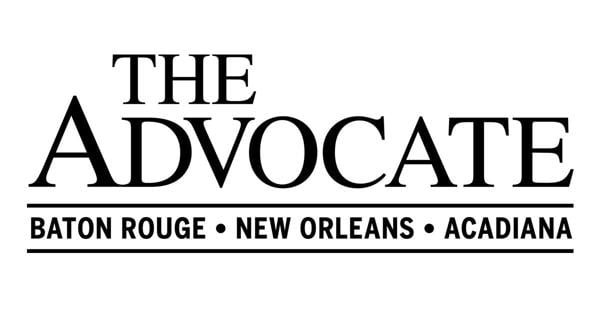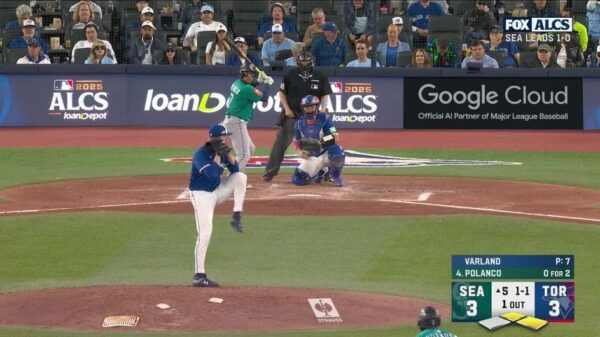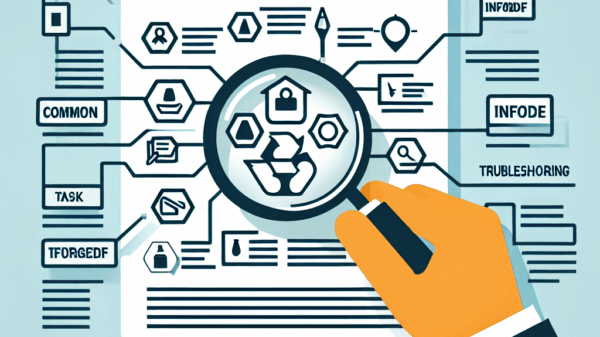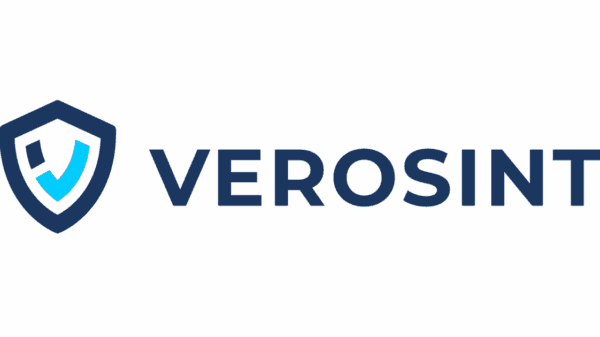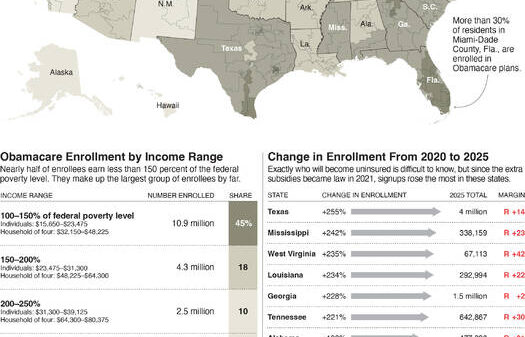Defining content boundaries is increasingly crucial in today’s information-driven landscape. As individuals and organizations navigate various platforms, clear guidelines help maintain content that is relevant, respectful, and appropriate. These frameworks foster healthier online and offline environments, ensuring that both creators and audiences are engaged positively.
Understanding Your Audience
To effectively define content boundaries, it is essential to have a comprehensive understanding of your target audience. Different demographics exhibit varied needs, preferences, and sensitivities. Key factors include:
– **Age:** Content tailored for children should differ significantly from that aimed at adults. This distinction is vital to ensure appropriateness and engagement.
– **Cultural Context:** Recognizing cultural norms and regional sensitivities can greatly impact how content is perceived.
– **Interests and Expectations:** Engaging with your audience through surveys and feedback mechanisms can provide insights into their interests and what they expect from your content.
Establishing these parameters helps to create a connection with audiences and ensures that content is both relevant and engaging.
Establishing Core Values and Legal Frameworks
Defining core values is critical for guiding content creation. These values can encompass a range of ethical standards, including:
– **Honesty and Transparency:** Upholding truthfulness in content prevents the spread of misleading information, which can harm individuals and communities.
– **Respect and Inclusivity:** Using respectful language and prioritizing diverse perspectives fosters a more inclusive environment. This includes amplifying underrepresented voices and avoiding stereotypes.
Adhering to legal and regulatory frameworks is also essential. Creators must be aware of:
– **Intellectual Property:** Crediting original creators is vital to avoid copyright issues. Content creators should utilize original work or seek permissions when reusing others’ content.
– **Privacy and Data Protection:** Protecting individuals’ privacy by avoiding the unauthorized sharing of personal information is paramount. Regulatory compliance, such as with the **General Data Protection Regulation (GDPR)** or the **Children’s Online Privacy Protection Act (COPPA)**, must also be considered.
These principles help to create a responsible content ecosystem while safeguarding creators and audiences alike.
Creating definitions for the types of content produced and their intended use can help ensure focus and consistency. Establishing clear content types—such as blogs, videos, or podcasts—necessitates different approaches in terms of depth and style. For instance, educational content should prioritize factual accuracy over casual social media updates.
Having internal guidelines streamlines the content creation process significantly. These may include:
– **Tone and Voice:** A consistent tone that reflects your brand’s personality allows audiences to identify with your content more easily.
– **Review Processes:** Implementing a review system before publication can help identify potential issues related to appropriateness or compliance.
Moreover, it is essential to continuously monitor how content is received in the ever-evolving digital landscape. Regular evaluation of engagement metrics can offer insights into which content resonates with audiences. Establishing feedback loops allows creators to gather valuable insights regarding perceived boundaries and expectations.
Cultivating a Culture of Accountability
Creating a culture of accountability within organizations is vital for nurturing responsible content creation. Open dialogue encourages team members to discuss content decisions and voice concerns without fear of repercussions.
Promoting continuous learning opportunities surrounding sensitive topics, cultural awareness, and ethical practices ensures that content creators remain informed and adaptable. As content landscape shifts, keeping up-to-date with industry standards and emerging trends will help organizations effectively navigate challenges and capitalize on opportunities.
In conclusion, defining content boundaries involves a multifaceted approach that considers audience understanding, ethical standards, legal compliance, and internal policies. By adhering to these guidelines, content creators can build trust, engagement, and a positive reputation within their communities. In an ever-changing environment, maintaining flexible yet clear content boundaries will be instrumental in addressing new challenges as they arise.










